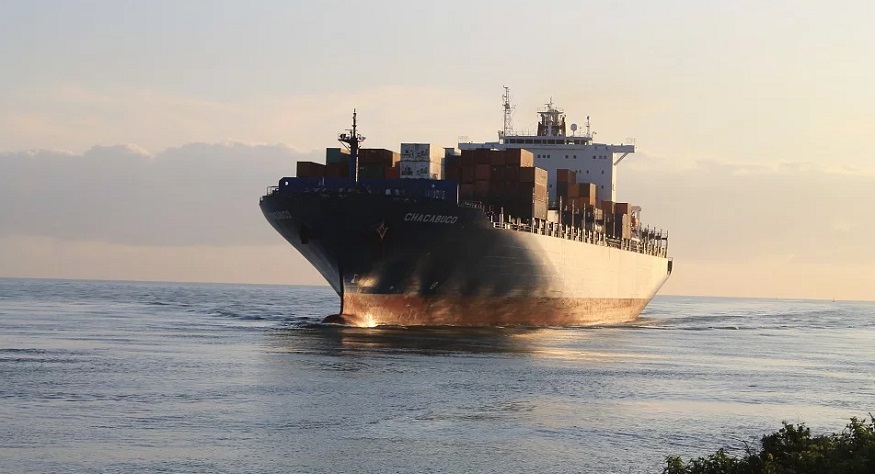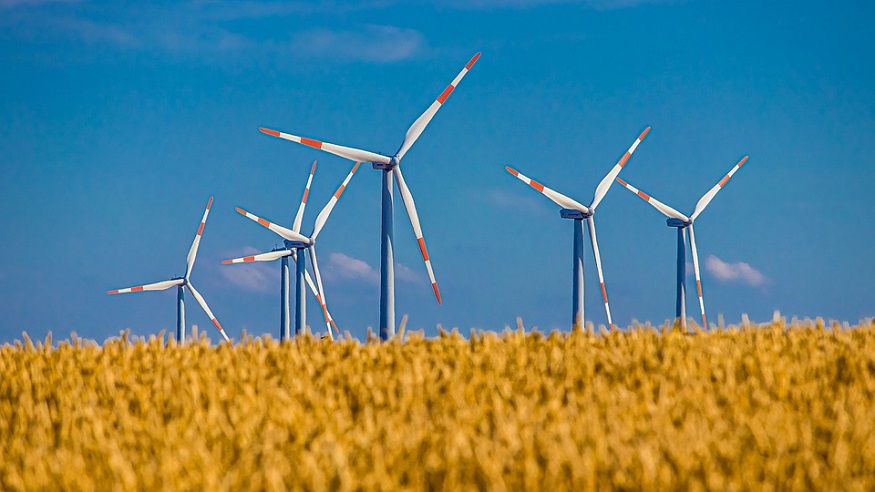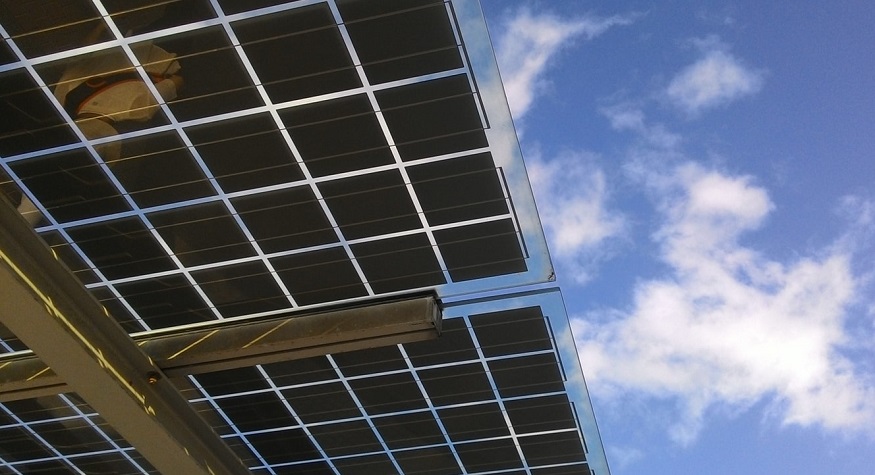
Japan makes world history with the launch of Hydrogen Frontier
December 12, 2019The liquid hydrogen carrier ship is the world’s first to set sail on the ocean.
The liquid hydrogen carrier ship, called the Hydrogen Frontier, is part of the nation’s plans to build a carbon-free fuel global supply chain. The launch of the 8,000-ton vessel marks the first stage in a pilot project.
The launch is a significant step in Japan’s national energy strategy.
The Hydrogen Frontier was launched from the Kawasaki Heavy Industries yard in Kobe and is the first stage in a hydrogen fuel pilot project between Japan and Australia. Hydrogen will be produced from huge reserves of low-grade coal in Australia, liquified at -235 degrees Celsius, and shipped to Japan via the new vessel, which can carry 1,250m3 of liquid hydrogen in a single tank, the Financial Times reports.
The project is important not only for the nation’s national energy strategy, but also for Kawasaki Heavy, as it will be necessary for the company to adopt new technology in order to remain competitive as China’s bulk shipbuilding sector grows.
Although electric batteries are the more popular clean energy alternative to fossil fuels due to their far lower cost, Japan sees hydrogen fuel as the solution for its long-term future energy needs and is working hard to build a hydrogen society.
When used, hydrogen emits no carbon emissions, making it ideal for transportation, heating and other applications. That being said, while it may not emit emissions when in use, producing hydrogen from coal isn’t an emission-free process. The only time it is eco-friendly is if the carbon from the coal-based production process is captured and stored. If this fails to occur, then hydrogen shipments will simply result in Japan shifting its emissions to Australia.
In addition to this, there are still doubts that green hydrogen (hydrogen produced from renewables) will truly be possible at a reasonable cost.
Hydrogen Frontier is expected to complete its safety standard trials in 2020.
Currently, the liquid hydrogen carrier ship is the only one in the world to apply the International Maritime Organisation’s interim safety standard for carrying liquid hydrogen, says the head of Kawasaki Heavy’s hydrogen development centre, Motohiko Nishimura.
“When it completes its trials in 2020, we hope its approach to safety will become a de facto standard,” Motohiko Nishimura added. He further stated that in this respect, the company believes the technology on the ship is a “step ahead of the rest of the world.”
 In order to be ready for the liquid hydrogen that it will be obtaining from Australia via the Hydrogen Frontier, Kawasaki Heavy Industries is building storage tanks before the trail shipments begin in late 2020.
In order to be ready for the liquid hydrogen that it will be obtaining from Australia via the Hydrogen Frontier, Kawasaki Heavy Industries is building storage tanks before the trail shipments begin in late 2020.



 With over 15 years of reporting hydrogen news, we are your premier source for the latest updates and insights in hydrogen and renewable energy.
With over 15 years of reporting hydrogen news, we are your premier source for the latest updates and insights in hydrogen and renewable energy.
What fuel does the ship run on?
This is NOT the Hydrogen civilisation required to reduce CO2. Burning low grade coal in Australia and then exporting Hydrogen is a terrible idea. So Japan can offset the burnt gases pollution including CO2 to Australia, gee whiz, what daft idiot thought of that one? Now if the Hydrogen gas was made using solar or wind turbines or wave generation going through a PEM and then reducing that gas using electricity from those sources, that would be green energy.
In our steam-electric locomotives, we are using a combustible gas consisting of 80% oxygen
and 17% hydrogen for combustion in lieu of normal air consisting of 20% oxygen and 79%
nitrogen. That eliminates the NOx. The extra oxygen insures that all carbon in the fuel is
completely consumed. Low sulfur fuel is required by specification. The combustible gas
is combined with any remaining CO2 to make syngas which we can use as a supplemental
fuel to reduce the quantity of the primary fuel. The hot combustion gases are run through
heat exchangers to extract as much “paid-for” heat as possible before releasing the cooled
exhaust gases into the atmosphere. Our proprietary combustion system eliminates the
“greenhouse gases” and does not contribute to “global warming” or “Climate Change”.
Coal is an ideal locomotive fuel since in a collision it may burn but it will not become a
fireball.
it what form and at what pressure is the input H2 and O2 and if the non gaseous carbon is consumed then where does the carbon go? does it all go into the syngas or is it solidified or mineralized?
quote: Hydrogen will be produced from huge reserves of low-grade coal in Australia, liquified at -235 degrees Celsius, and shipped to Japan via the new vessel, which can carry 1,250m3 of liquid hydrogen in a single tank
This is still a huge problem. The idea of using hydrogen is to lower the CO2 emission. By producing H2 from coal, CO2 emission still happens and the gain is ZERO.
Only hydrogen production through electrolysis is a valid option to reduce the ecological footprint of our energy consumption.
Important information to bad all the world can;t read this article!
no carbon energy for transport, power plant GHGe 120 ppm
In order to make it a viable fuel cheap source of clean hydrogen will be essential. Otherwise writer has very correctly said that pollution will be shifted to Australia from Japan. Anyway we need clean energy if human race wish to survive in this planet called earth.
We are very interested in Hydrogen. We are involved in wind power and solar energy.
Hi Fred
Would like to have a chat with you about partnering you to use your wind and solar to produce hydrogen.
Whats the best way to do that?
Brgds
Adrian
Thanks Fred,
We are abhayocean.com An Indian Co. seriously Interested in Hydrogen as means fof Marine propulsion
Hydrogen production via water electrolysis should be the right approach. Using wind turbine farms and solar panels to provide the power for the electrolysis ould be totally green. Add in desalination would allow salt water to be the core source. Japan should generate their own hydrogen within their territorial area.
Fabulous news- on the one hand- but disappointing due to the coal feedstock. I think almost everyone who reads this article will be anticipating an electrolysis breakthrough but from thence forward will be an anticlimax.
What happens to the carbon, once the hydrogen is extracted from the coal gas. Unless captured and buried or otherwise locked up in products, it will form CO2, in which case this is VERY far from a green p
Co2 that is a byproduct when injecting oxygen or steam in oil fields and coal layers in order to produce hydrogen gas (HHO) can be considered a tremendous raw material for methanol that can be added to fossil fuels resulting in less Co2 emission while the fuels methanol is added to will burn cleaner which is also the case with hydrogen gas, furthermore Co2 can be applied in aerosols and as a hardening material in bricks and the list goes on so why isn’t it happening yet
Wave energy conversion has taken a new turn for the good. Once thought impossible is now a mainstream source of both desalinated sea water and green hydrogen. www gold coast waters . Com has the right elements to redefine an industry that has not experienced a change in a century.